The World Where We Live: Republic of the Philippines
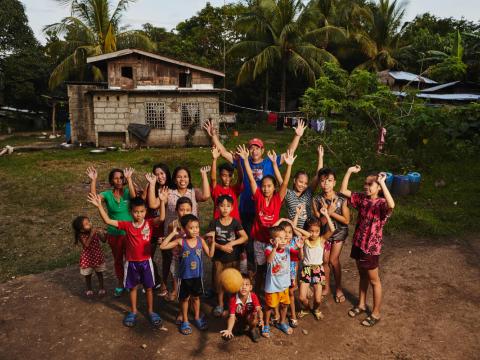
It’s the second-largest archipelago in the world, with turquoise tropical waters, over 36,000 kilometres of white sandy beaches, over 170 languages, and shopping malls the size of Vatican City. The Philippines is also home to more than 63,000 sponsored children. This is the world where we live!
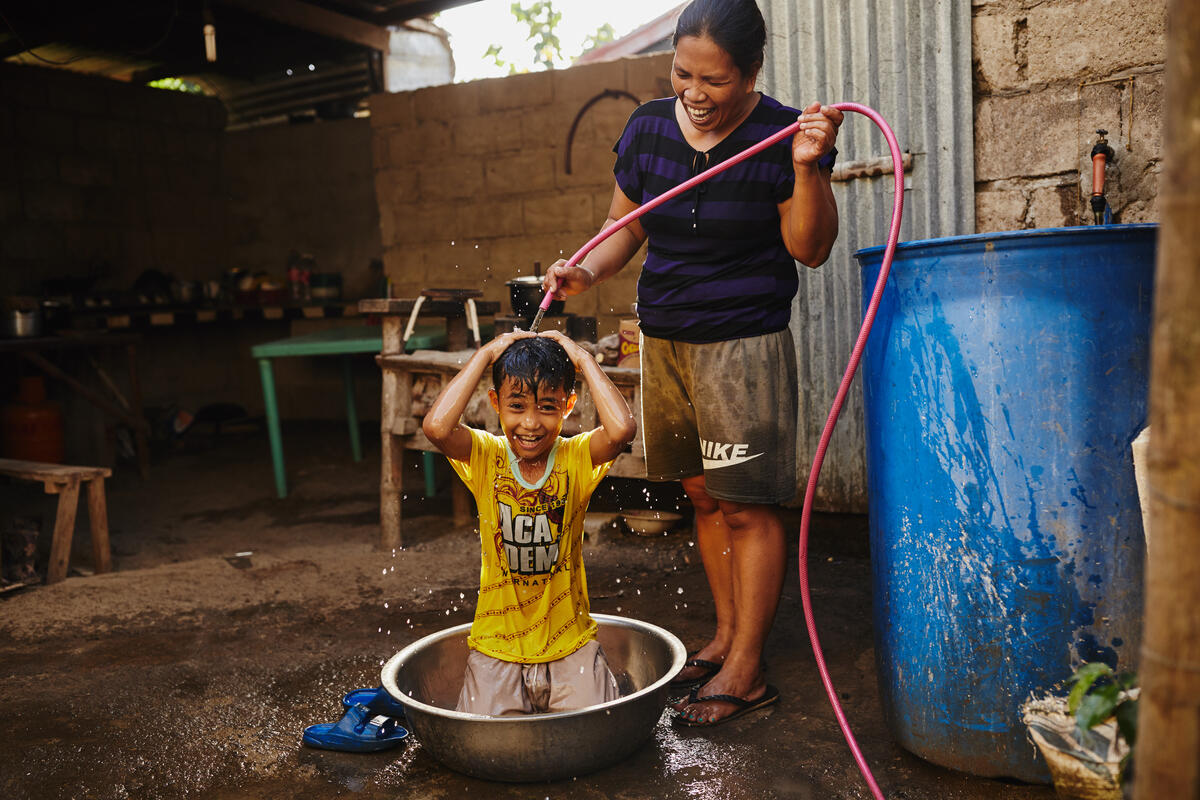
Home to 114 million people, the Republic of the Philippines is in South East Asia. It’s a country of contrasts, from chaotic bustling cities to quiet rural provinces and stunning white beaches – Boracay has ranked in the top 20 beaches in the world! Life looks very different in different parts of the country – while 90% of the population have access to water services, the number drops to just over 60% in regional areas.
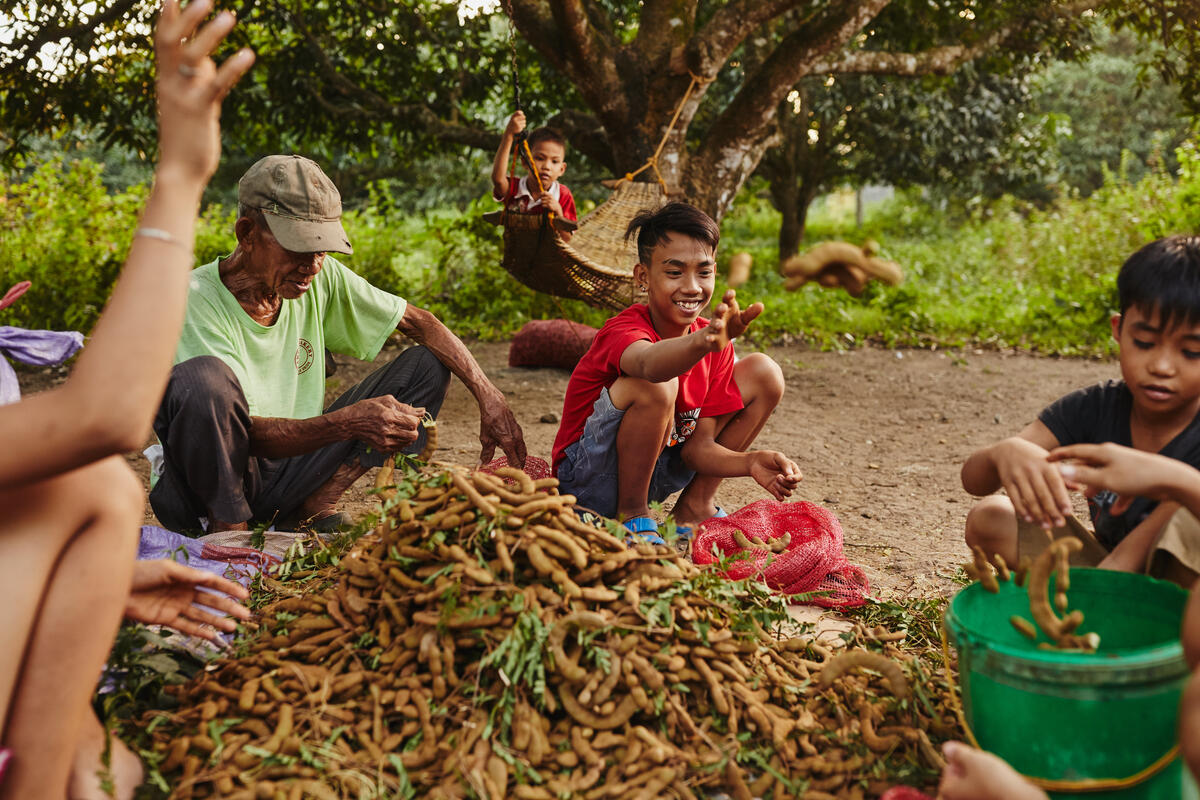
Agriculture is a mainstay of the Philippines’ economy – combined with forestry and fishing, it contributes 9.5% of the country’s GDP. About half of the population lives in rural areas, where life revolves around agriculture. Farming is often a family affair – this family is sorting their tamarind harvest.
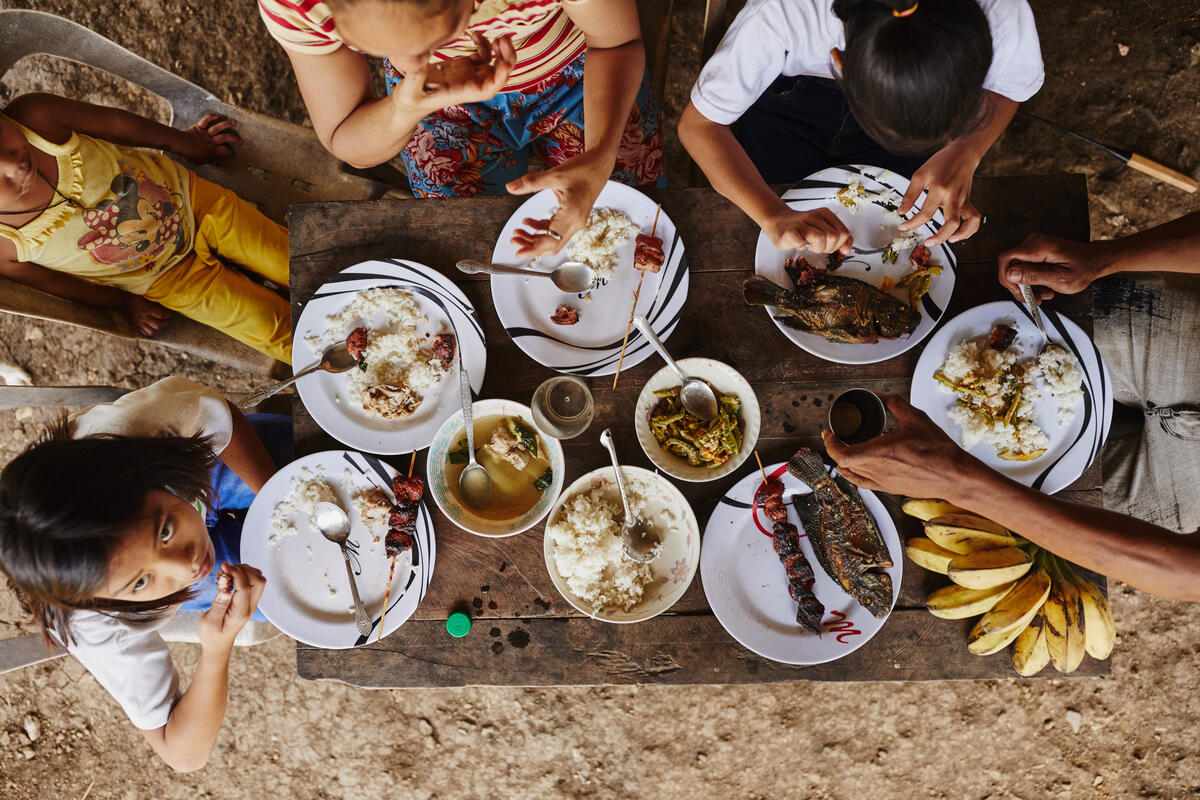
Food is a national obsession! The Philippines’ unofficial dish is adobo – meat cooked with vinegar, soy, garlic, bay leaves and black pepper. But the global food, fuel, and fertilizer crisis has hit Filipino families hard. According to the World Food Programme, one in 10 Filipino households are considered ‘food insecure’ – they don’t have reliable access to enough food to feed their families.
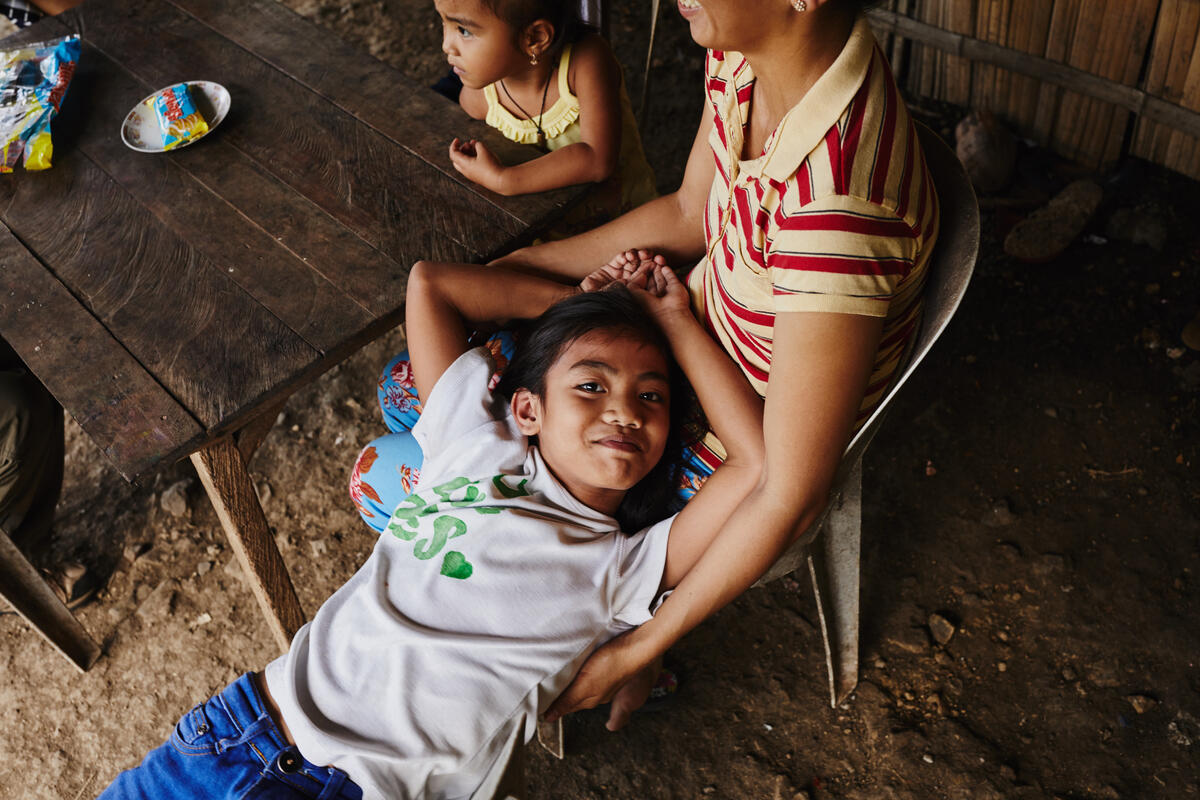
Malnutrition is a big issue for many children in the Philippines. It steals the lives of 95 Filipino children every day and a third of the country’s kids have stunted growth. That’s why information sessions for parents and carers on nutrition for children and support for families to grow and afford nutritious food are important parts of World Vision’s child sponsorship programme in the Philippines.
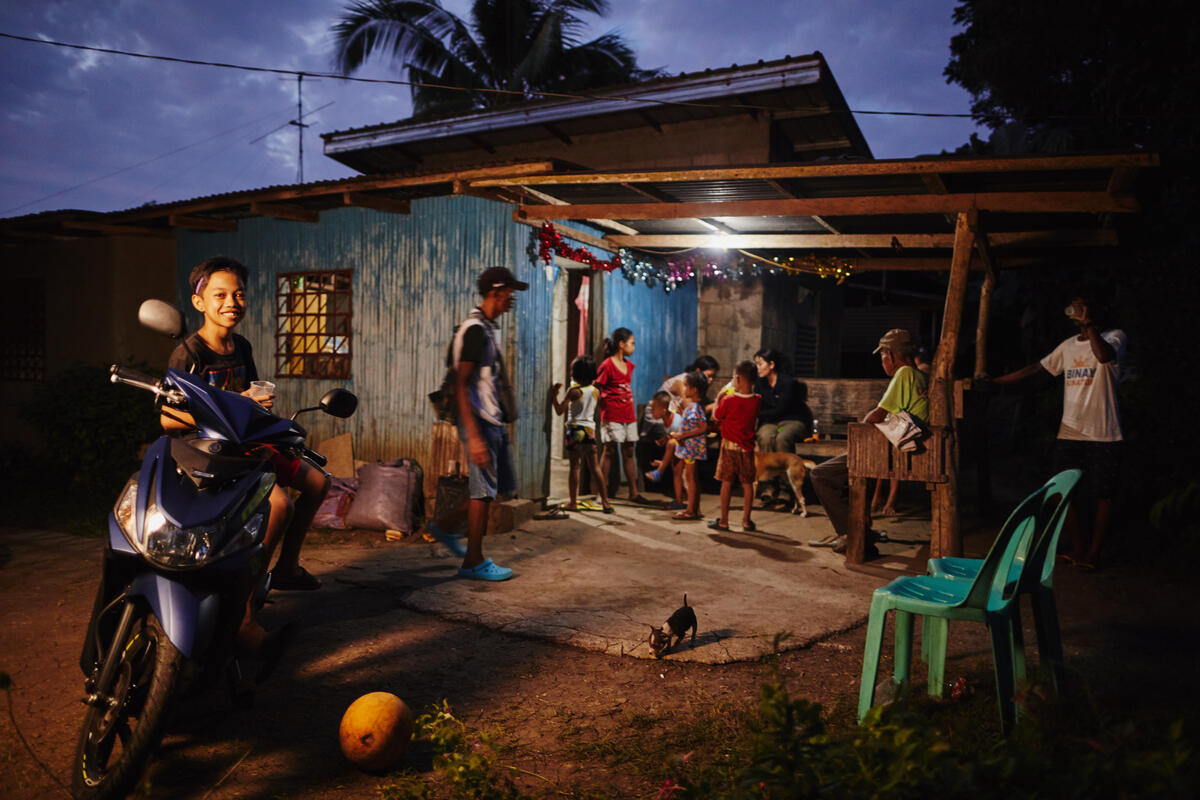
Life in the Philippines is super social! It’s common for three generations of a family to live together and for grandparents to take a key role in raising children, especially since more than 1.8 million Filipinos work overseas to support their families. To keep in touch, there are about 400 million text messages sent around the Philippines each day – that’s 142 billion texts per year and more than the total number of daily texts sent in the US and Europe combined!
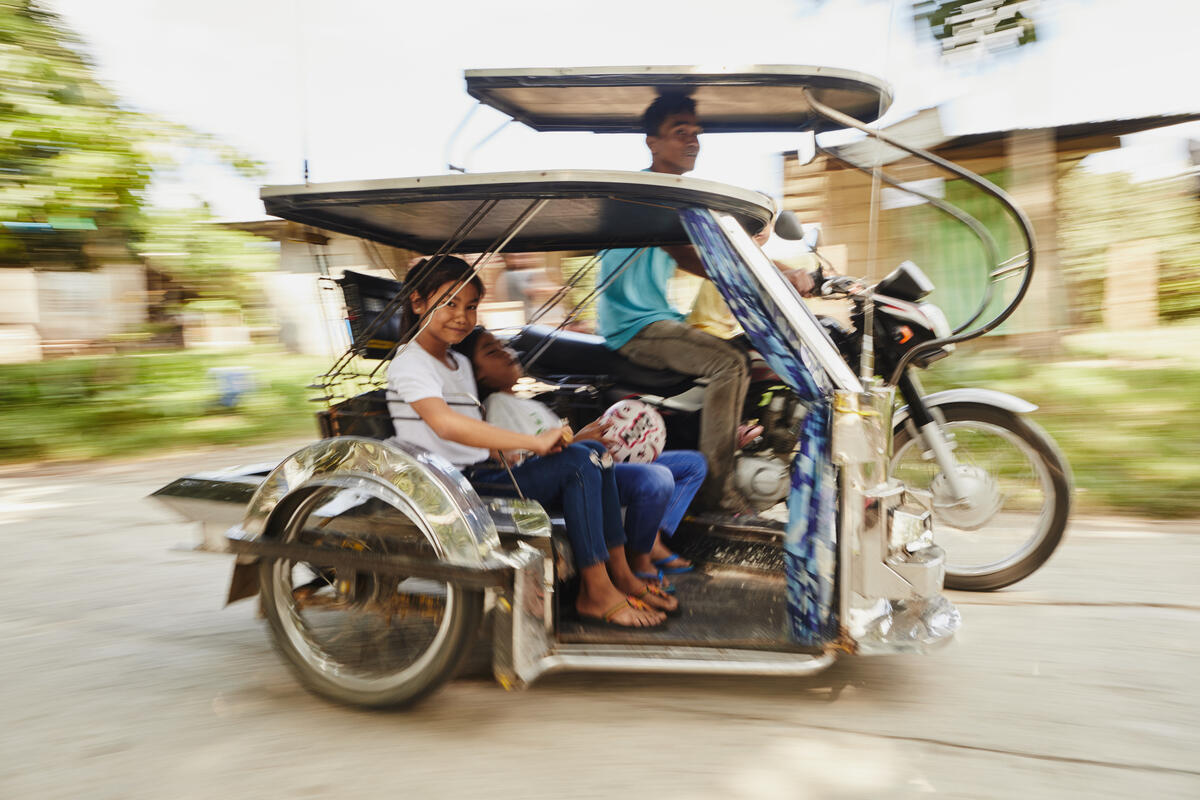
Though the Philippines’ unemployment rate is less than 4%, almost one in five people lives below the national poverty line. Yet Filipinos are famous for their generosity, largely thanks to the community spirit know as ‘bayanihan’, a Tagalog word that roughly translates to “the love of unity” and means helping each other is deeply rooted in everyday life.
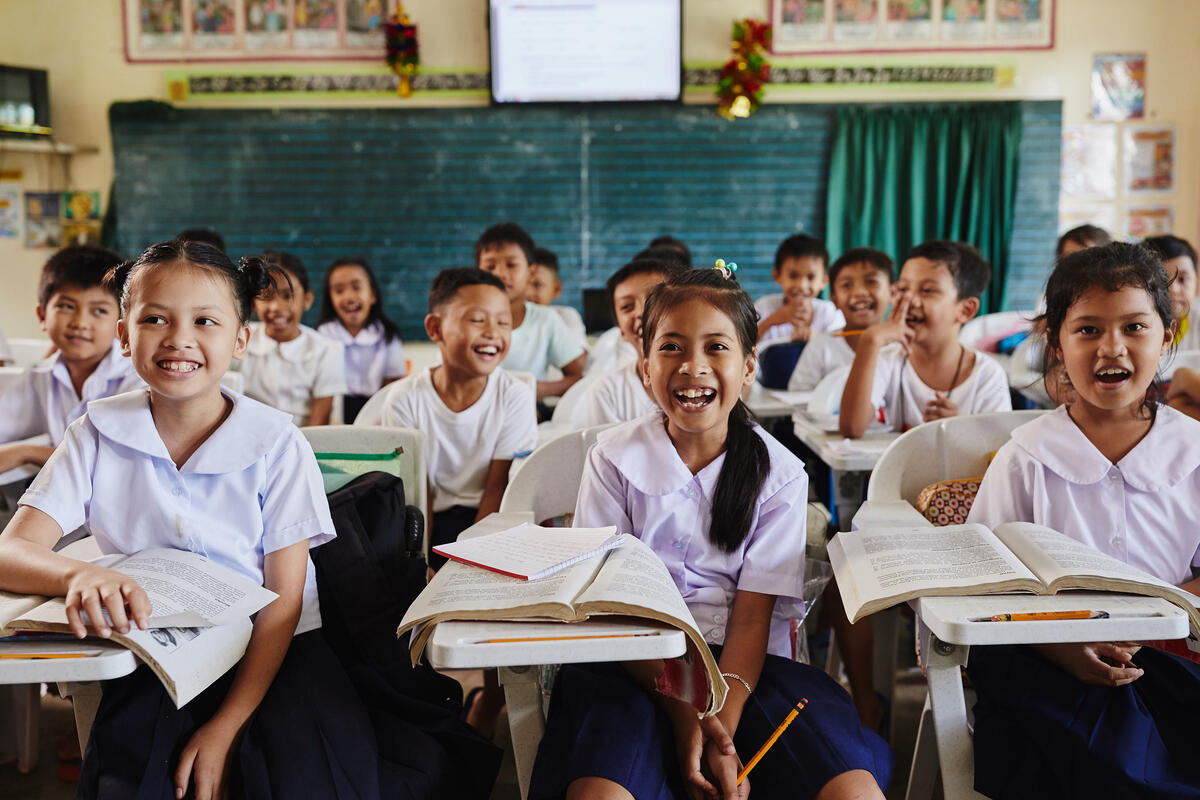
On average, Filipino children spend an average nine years at school and 73% of the population has achieved some secondary education. Education is highly valued across the country – it’s now compulsory for all children between kindergarten and Grade 12, and it’s also free. Since 2017, even public universities and colleges are free to ensure everyone has the chance to get a tertiary education.
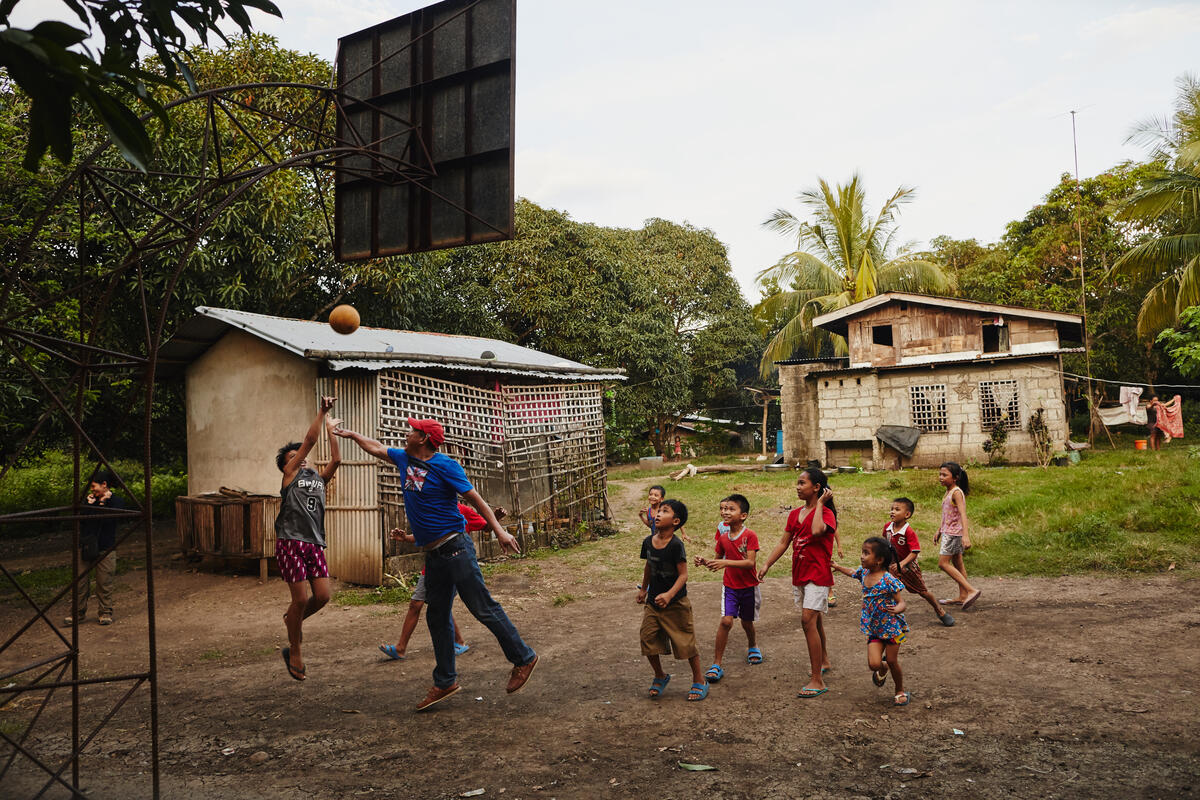
Basketball is an obsession in the Philippines! It was first introduced during American colonial rule as a game for women, but today it’s everywhere and the country’s professional league was Asia’s first and is the second oldest in the world, after the NBA.
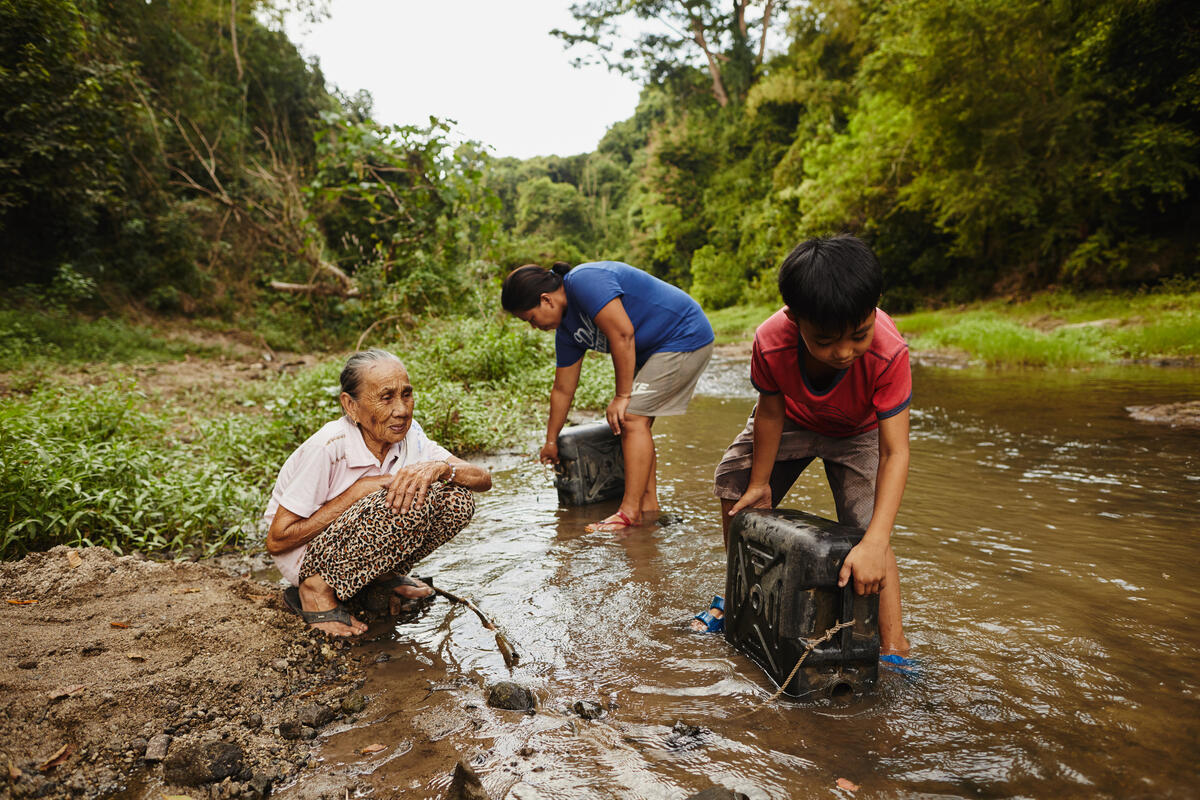
Unpredictable weather is the norm here! According to the global Safety Perceptions Index (SPI) the Philippines is the most disaster-prone country in the world. A nation made up of more than 7,100 islands, the Philippines’ is susceptible to frequent extreme weather events, from monsoon rains and dry spells to cyclones, floods and landslides.
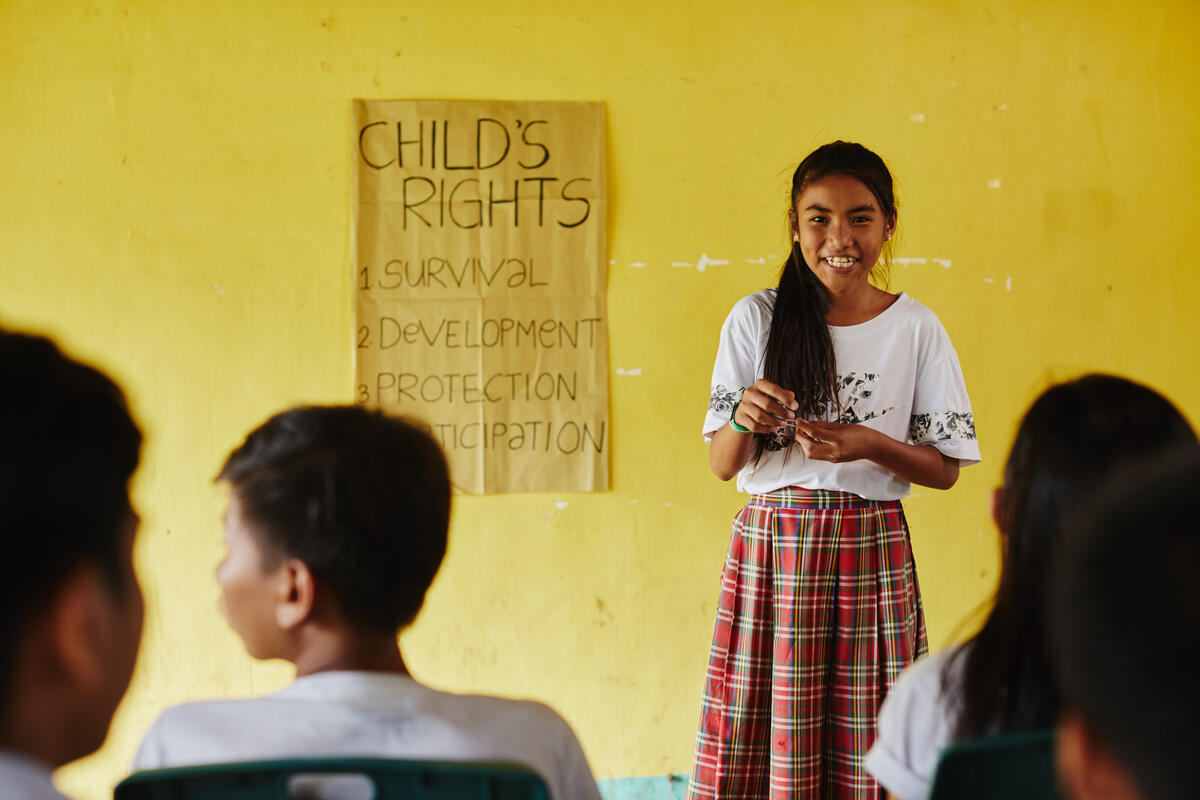
A national survey in 2015 found 80% of Filipino children have experienced some form of violence at home, school, in their community or online and a 2020 International Justice Mission report found the prevalence rate of internet-based child sexual exploitation in the Philippines was rising sharply. Putting children at further risk, the age of sexual consent is one of the youngest in the world at just 12 years old. Child sponsors are partnering with local communities to protect children in the Philippines, empowering kids, teachers and community leaders to understand children’s rights, report problems and advocate for change.
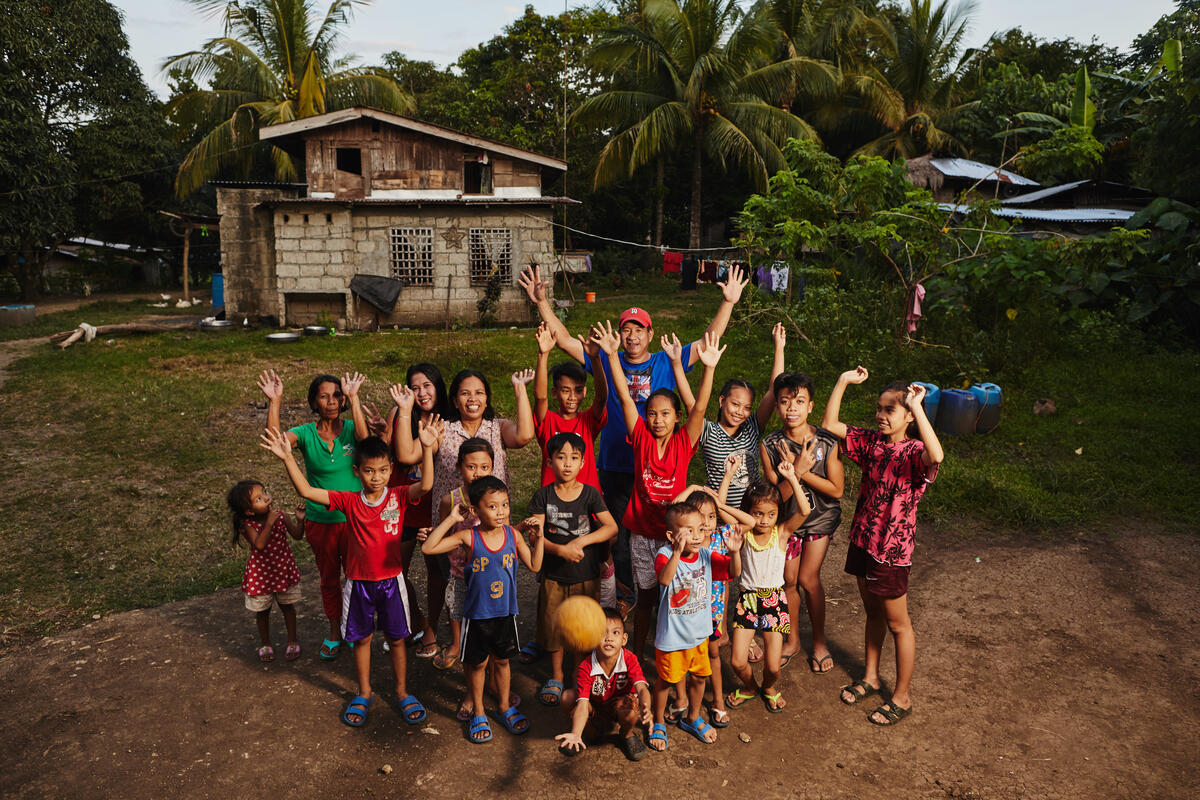
World Vision has been partnering children and families in the Philippines since 1957, in 41 provinces, 18 cities, and 110 municipalities. Child sponsors are supporting communities to improve children’s access to education, improved water, nutrition and sanitation, safety, economic security and disaster relief.
Child sponsorship – partnering with children and communities to break the cycle of poverty in over 1250 communities in this big, beautiful world.